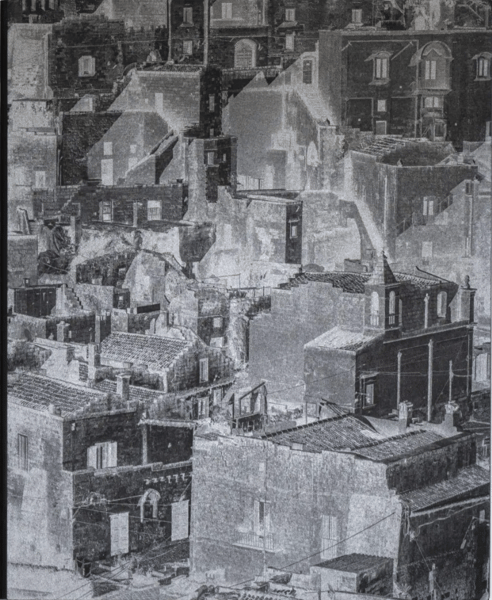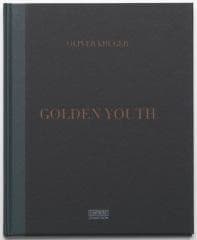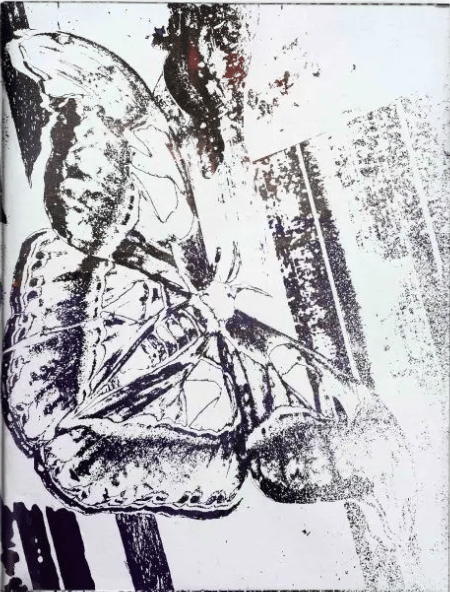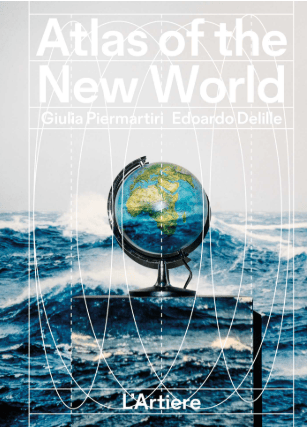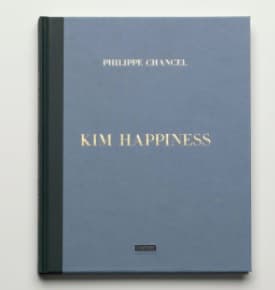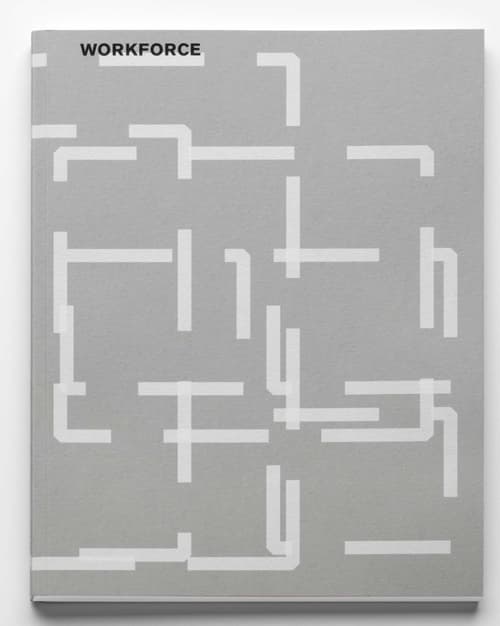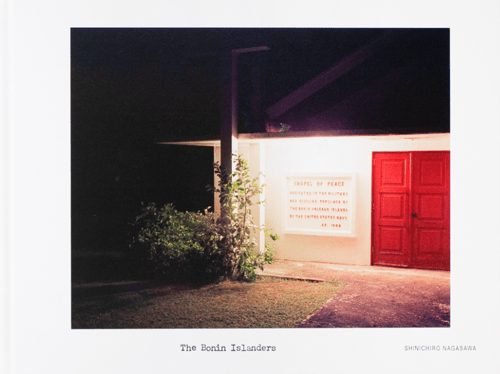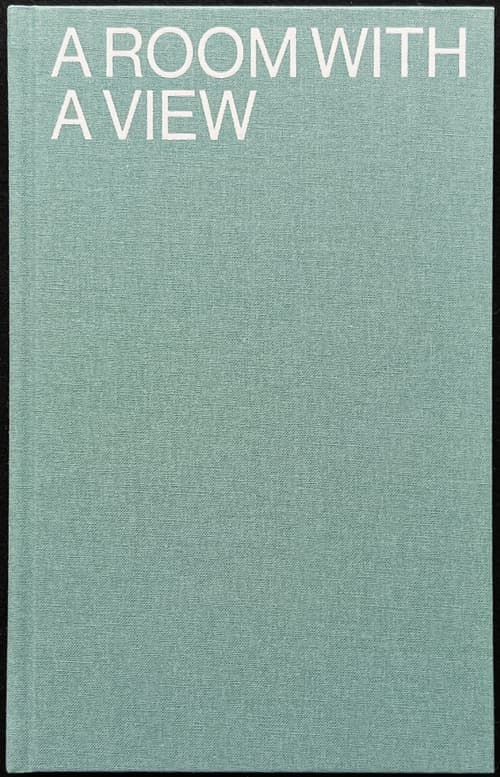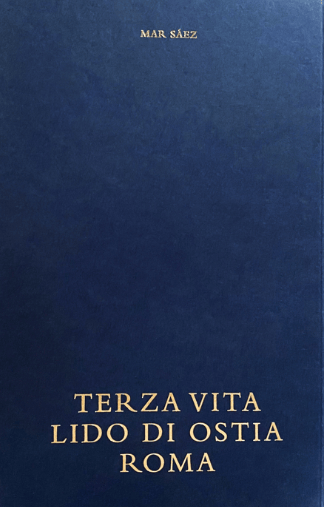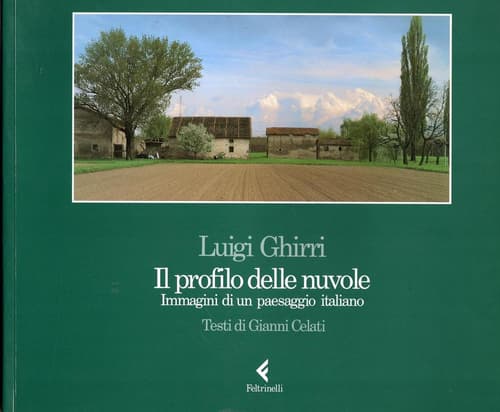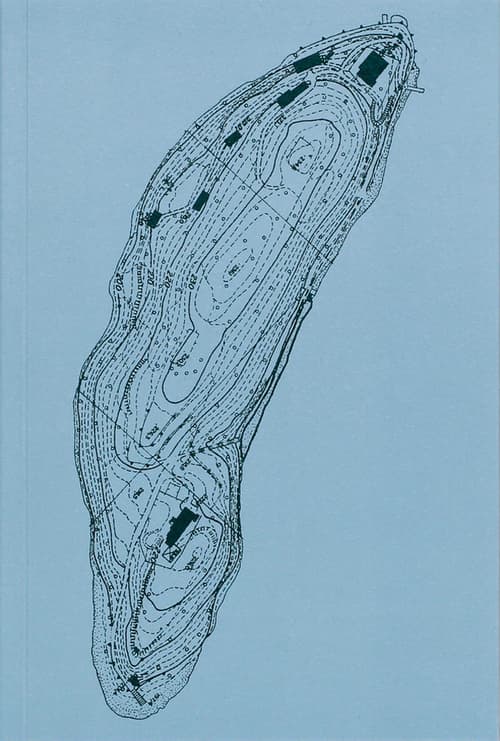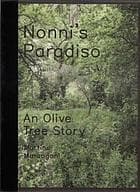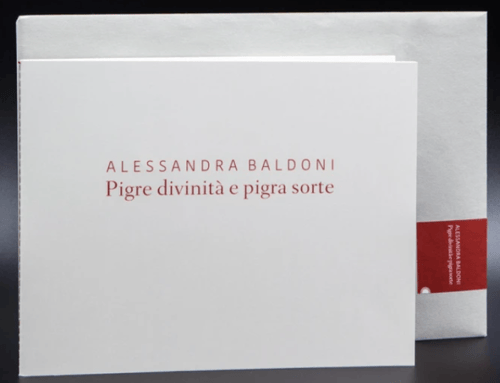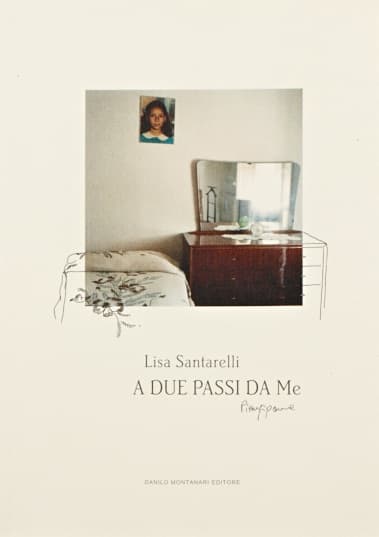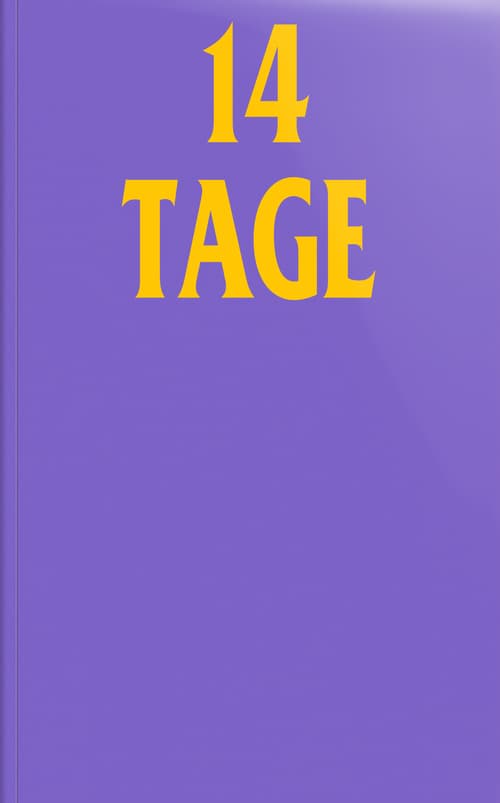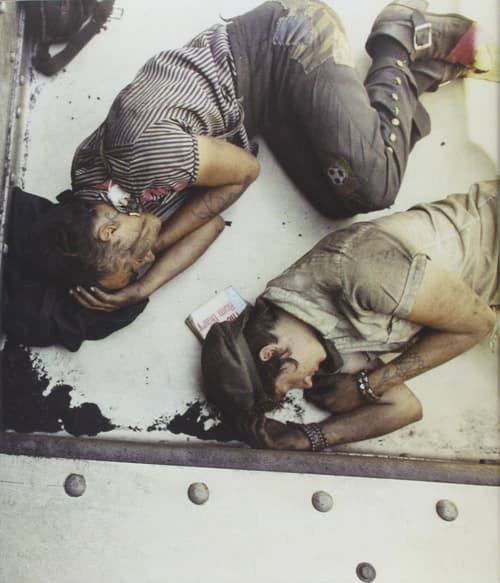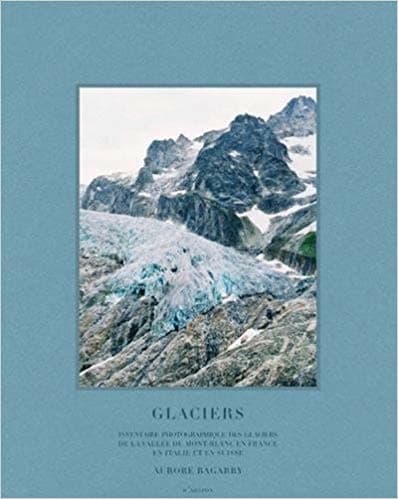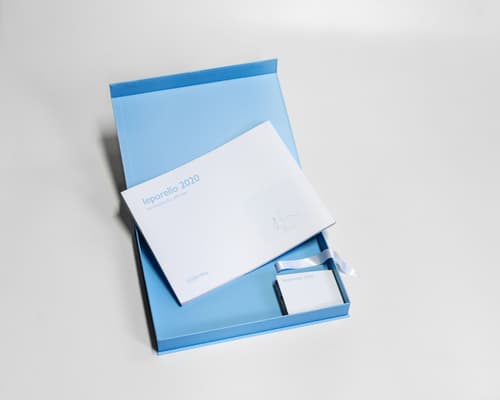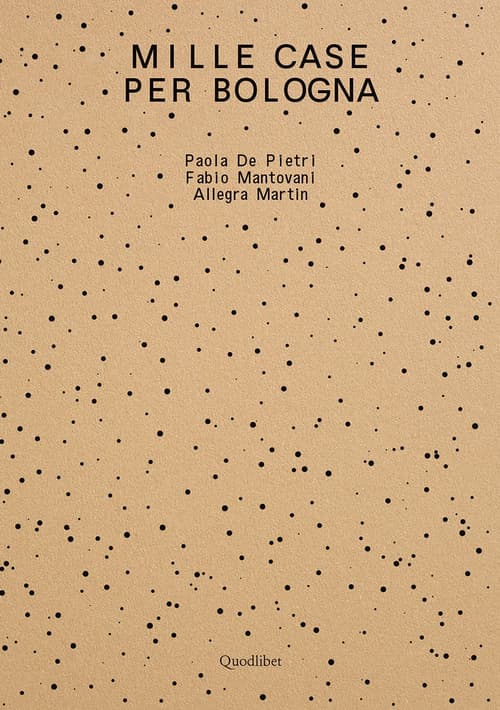Publisher Note
“Where photography is heading at the moment is anyone’s guess.
In 2023, there are those who are convinced that narration via imagery no longer requires an obsolete or obsolescent tool such as the camera; those aware that the word, thanks to Midjourney, BlueWillow and hundreds of other algorithms, can become an image; those who use artificial intelligence or other creative systems that exclude any reference to tradition or custom, and those who believe it has become unnecessary to see and look in order to create images. In short, what photography will become may be told by those who will be there, assuming that the term ‘photography’ will still remain in use, given that light will no longer be necessary – as the etymology of the term would have it – for the ‘writing’ to take place.
These questions and reflections arise naturally when looking through the images taken by Stefano De Luigi on his long journey through Italy, in search of traces of what was once called the Bel Paese. We are faced with a ‘truthful’ description of Italian landscapes, and yet the classical narrative – with his blacks all in the right places and colours respected just as they ought to be, to which he had accustomed us through his previous projects – gives way here to the use of a different narrative system, to different techniques, which suggest, interpret a reality that the Viaggio in Italia – undertaken in 1984 by Luigi Ghirri and his travelling companions – already taught us to see. The question posed by De Luigi is no different from the one that Luigi Ghirri, Gianni Leone and Enzo Velati posed to their own photographer friends, then the unknowing creators of the project to revise the transcription of the territory that would give rise to an ‘Italian school of landscape’: what might a Grand Tour tell us about today’s Italy? But the three curators in the 1980s1 travelled largely through the archives of those who had dedicated themselves to investigating the territory, starting from the awareness that the way of ‘looking and seeing’ had changed, and that the Bel Paese was no longer such. Stefano De Luigi, on the other hand, took planes, trains and cars to travel the 4,365-kilometre length of the Italian perimeter several times, covering almost 20,000 kilometres in total. In various stages, returning home, rethinking, printing thumbnails on which to reflect and correct, contact prints that nevertheless maintain the poetry of his vision intact, of this other vision, conceived perhaps as a method to restore dignity to places that have not always been able to preserve it themselves.
But let us start at the beginning. De Luigi recalls his love for narrating the landscape was born from the memory of visits to the Museo di Roma, Palazzo Braschi, which animated the Sundays of his childhood. The fascinating paintings of the vedutisti of the eighteenth and nineteenth centuries told of a magical country, a sort of garden of delights that wealthy young people from all over Europe had to visit. And which the young De Luigi, thanks to his father’s imposing of it, instead began to detest. Time, memory and distance would however lead him to reread memories differently, to reopen questions that remained unanswered.
The idea of the journey, however, was congenial to him. He had already undertaken one around the world, of four years starting in 2003, to document the different realities of the blind in sixteen countries, across four different continents2. In 2017, armed with mobile phones, he retraced Ulysses’ travels across the Mediterranean3. Perhaps it was with this experience that he began a reflection on how to approach photography without a camera.
And here we come to his travels in Italy, which is now no longer his country of residence, and which he may begin to revisit, perhaps, starting from his own memories. He stated his intentions from the outset: “The intention of the project is to deliver a different image of Italy, latent and mirroring the common and classical one. Interpreting the contemporary landscape of the peninsula, along the lines of the image created by the vedutisti. I feel I have found the technique, of which photography is the language, to tell my vision after so many years of this deep personal bond, which binds me to the memory of people and places, both experienced and imagined. A need, the reasons for which I am aware of, which has now become an urgency.”
He thus organised his own reappraisal, a sort of long, painstaking verification of the changes, destructions and remains, a sort of almost primal ascertainment of the state of the Italian territory, in which beauty and ugliness have become two inseparable nouns. He studied the historical vedutisti, tackling the stereotypes that have enchanted travellers and tourists for centuries, interrogating commonplaces and constructing a long itinerary that follows the coastline, yet with digressions towards various major cities. He also measures himself against the work of those who, since the first half of the nineteenth century, have ventured into travel photography and have thus continued the tradition of an imaginary Bel Paese where history, architecture, culture, nature and beauty are all rolled into one4.
He split his itinerary into four stages: from Trieste to Ancona, Ancona to Metaponto, Metaponto to Rome and Rome to Ventimiglia. Nine months of work. Virtually a gestation. He decided to use a narrative technique that to some extent also leads the act of photography back to its origins, something that tends towards recreating the unveiling of a latent image. He chooses to invert his images, i.e. to switch from positive to negative, work in postproduction and come to a halt at an intermediate point, where the two extremes meet and move apart. In the thumbnails he printed by the hundreds to check the progress of his work, blacks and whites are inverted, but the narrative wisdom captures a moment in which everything is perfectly traceable to an image, if not positive then not negative, but certainly accomplished. This ‘technique’ turns the view to silver while respecting the architecture, the trees, the sea, the ruins, the skies, the billboards, and it prevents the denunciation – which at times would like to be there – from becoming such. Is this a sort of strategy to restore dignity to a suffering landscape? The answer is open. De Luigi had already experimented with this technique of reinterpreting the landscape during an artist residency in Deauville, discovering the Normandy of the Impressionists5. He himself defined his project as follows: “While the term ‘Impressionism’ derives from the performative definition of the painter who translates his impressions of a landscape, a social event or the features of a person, thanks to a rapid gesture and touches of colour that define the intimate atmosphere of what he has experienced, the sense of my photographic research sets out to visually define the very moment in which the reflected light imprints the image of the scene in contact with light-sensitive material.” De Luigi thus aimed to narrate the places dear to the Impressionists using that documentary language, respectful of reality, that “caressing of the world” which Walker Evans deployed almost a hundred years ago, but using a narrative system that to some extent took the moment of perception, of the shot, back to its primordial dimension. At this point, the French experience becomes a method, a language, a technique, the medium that allows him to analyse what is left of the beauty of the Bel Paese,but also to point out the cement flows, the unauthorised constructions, the state of abandonment, the sloppiness, which thanks to the silver of his images, do not serve as condemnation but as pained poetry.”
Giovanna Calvenzi
| Publisher | |
|---|---|
| Release Place | Bologna, Italy |
| Edition | 1st edition |
| Release Date | 2023 |
| Credits |
Editor:
Writer:
Designer:
Artist:
|
| Printrun | 600 |
| Identifiers |
ISBN-13:
979-12-809780-59
|
| Work | |
|---|---|
| Subform | Photobook |
| Topics | Italy, Landscaoe, Travel |
| Methods | Photography |
| Language | English |
| Object | |
|---|---|
| Format | Hardcover |
| Dimensions | 21.0 × 28.0 cm |
| Interior | |
|---|---|
| Pages | 80 |
